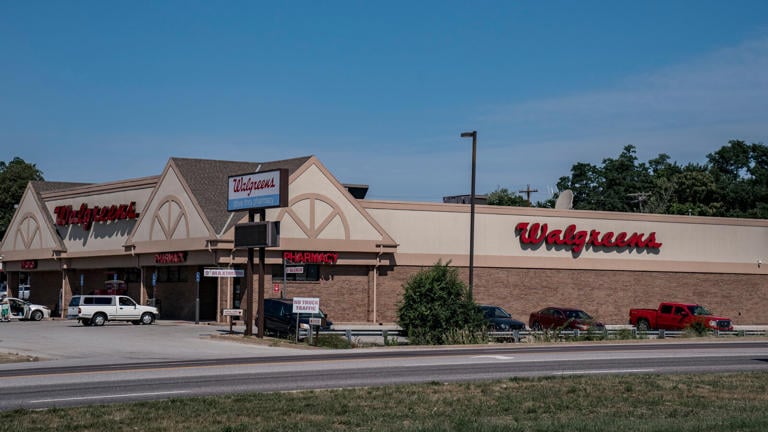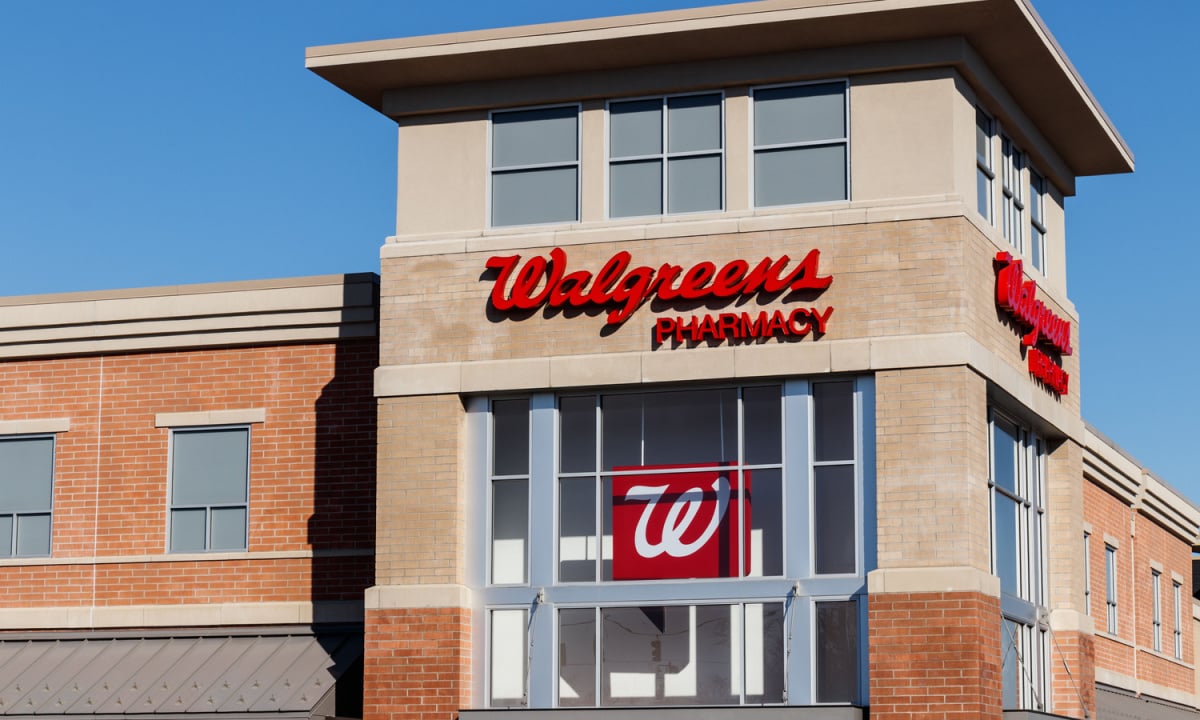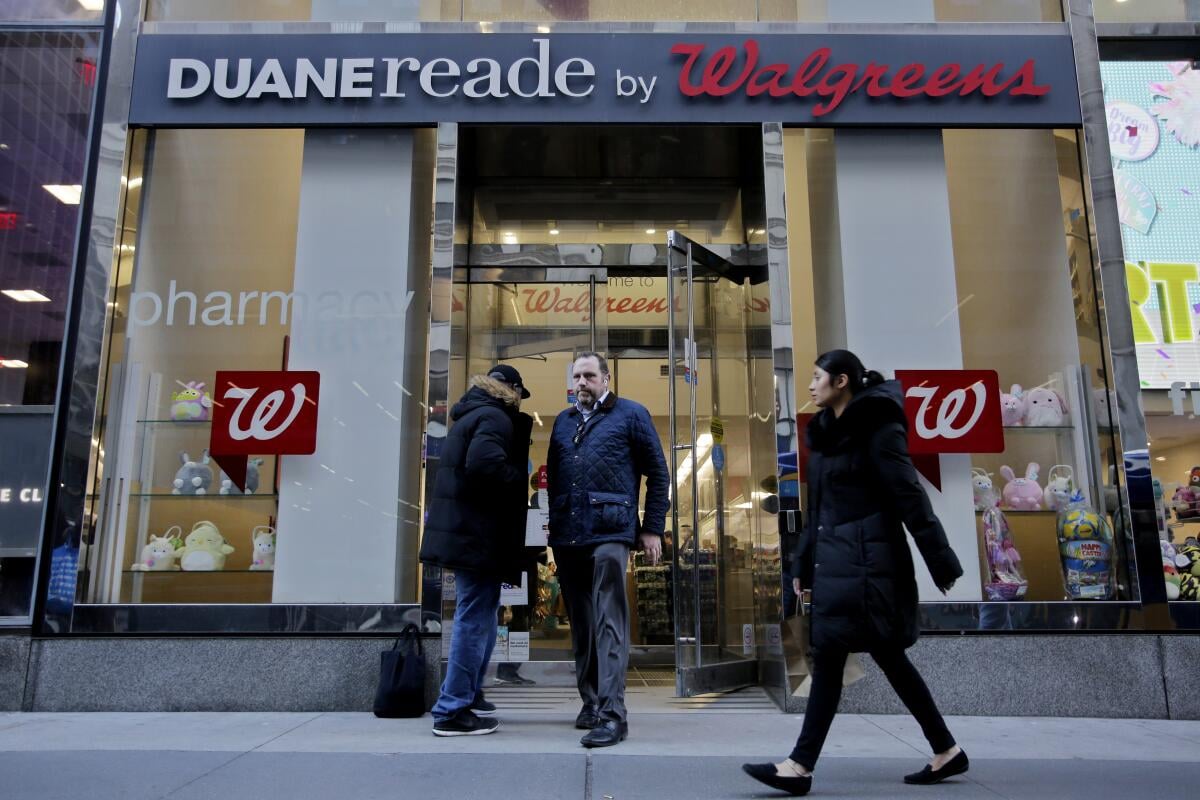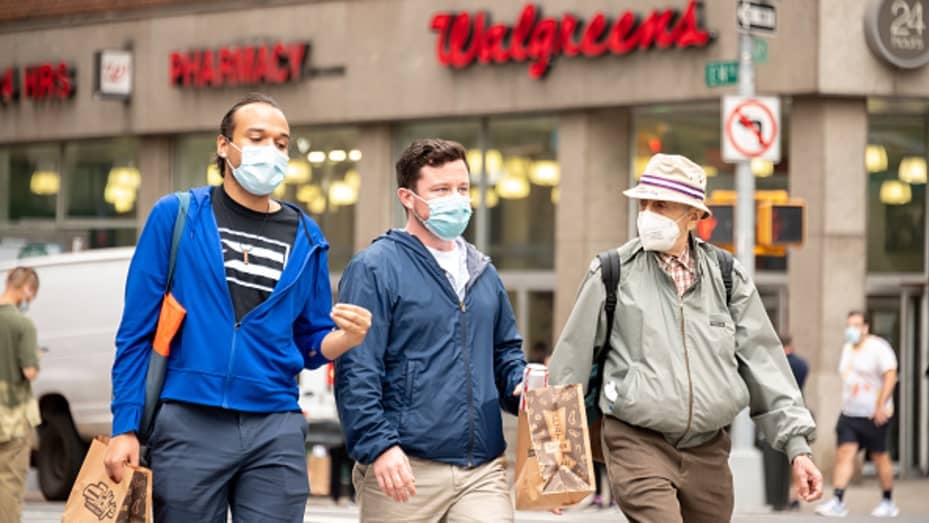Walgreens CEO Tim Wentworth revealed plans to close numerous U.S. stores. He identified 25% of the company’s 8,500 stores as underperforming.
Walgreens will close a “significant portion” of these struggling locations. The exact number of closures remains undetermined. This decision follows a comprehensive business review initiated seven months ago.
Pharmacy Model Faces Unsustainable Challenges

Wentworth declared the current pharmacy model unsustainable. The company reported $28.5 billion in revenue for the quarter ending in May. This figure represented a slight increase from the previous year.
However, the results underperformed expectations. Walgreens faces challenges from changing consumer behavior and industry dynamics.
Economic Pressures Impact Consumer Spending Habits

Customers have become increasingly price-sensitive and selective in purchases. Prolonged inflation has strained household budgets. Walgreens responded by slashing prices on 1,300 products.
These discounts aimed to attract budget-conscious shoppers. However, lower prices have impacted the company’s profit margins.
Pharmacy Industry Grapples with Regulatory Hurdles

Costly regulations and insufficient reimbursements plague the pharmacy sector. Walgreens engages in active discussions with pharmacy benefit managers (PBMs).
The company seeks to address challenges in the intermediary relationship. Industry-wide changes affect Walgreens’ operations and profitability. Regulatory pressures contribute to the need for business model adjustments.
Workforce Considerations Amid Store Closures

Walgreens employs approximately 240,000 people nationwide. The company aims to minimize layoffs during store closures. Management intends to redeploy the majority of affected workers.
In 2021, Walgreens raised its minimum wage to $15 per hour. The company balances workforce needs with business restructuring plans.
Financial Outlook Adjusted Amid Ongoing Changes

Walgreens lowered financial expectations for the upcoming quarter. The company continues to evaluate its business strategy. Management remains optimistic about the future of retail pharmacy.
Human interaction remains central to Walgreens’ healthcare approach. The company adapts its financial projections to reflect ongoing changes.
Retail Strategy Shifts to Address Market Dynamics

Walgreens competes with other major retail chains offering discounts. The company focuses on revitalizing struggling stores. Management considers further closures if improvements fail.
Walgreens adapts its retail strategy to changing market conditions. The company seeks to balance customer needs with business profitability.
Pharmacy Benefit Managers’ Role Under Scrutiny

Walgreens actively discusses relationships with PBMs and suppliers. The company seeks to address challenges in the intermediary system. PBMs significantly impact pharmacy reimbursements and operations.
Industry-wide discussions focus on PBM practices and their effects. Walgreens navigates complex relationships within the healthcare ecosystem.
Technology Integration in Healthcare Delivery Model

Walgreens emphasizes the importance of human interaction in healthcare. The company explores ways to integrate technology effectively.
Digital solutions complement in-store experiences for customers. Walgreens invests in modernizing its healthcare delivery model. The company balances technological advancements with personal care.
Market Competition Drives Strategic Decision-Making

Walgreens faces competition from other pharmacy chains and retailers. The company’s decisions reflect broader market trends. Store closures align with industry-wide consolidation efforts.
Walgreens seeks to maintain market share amid changing dynamics. Strategic choices aim to position the company for future growth.


